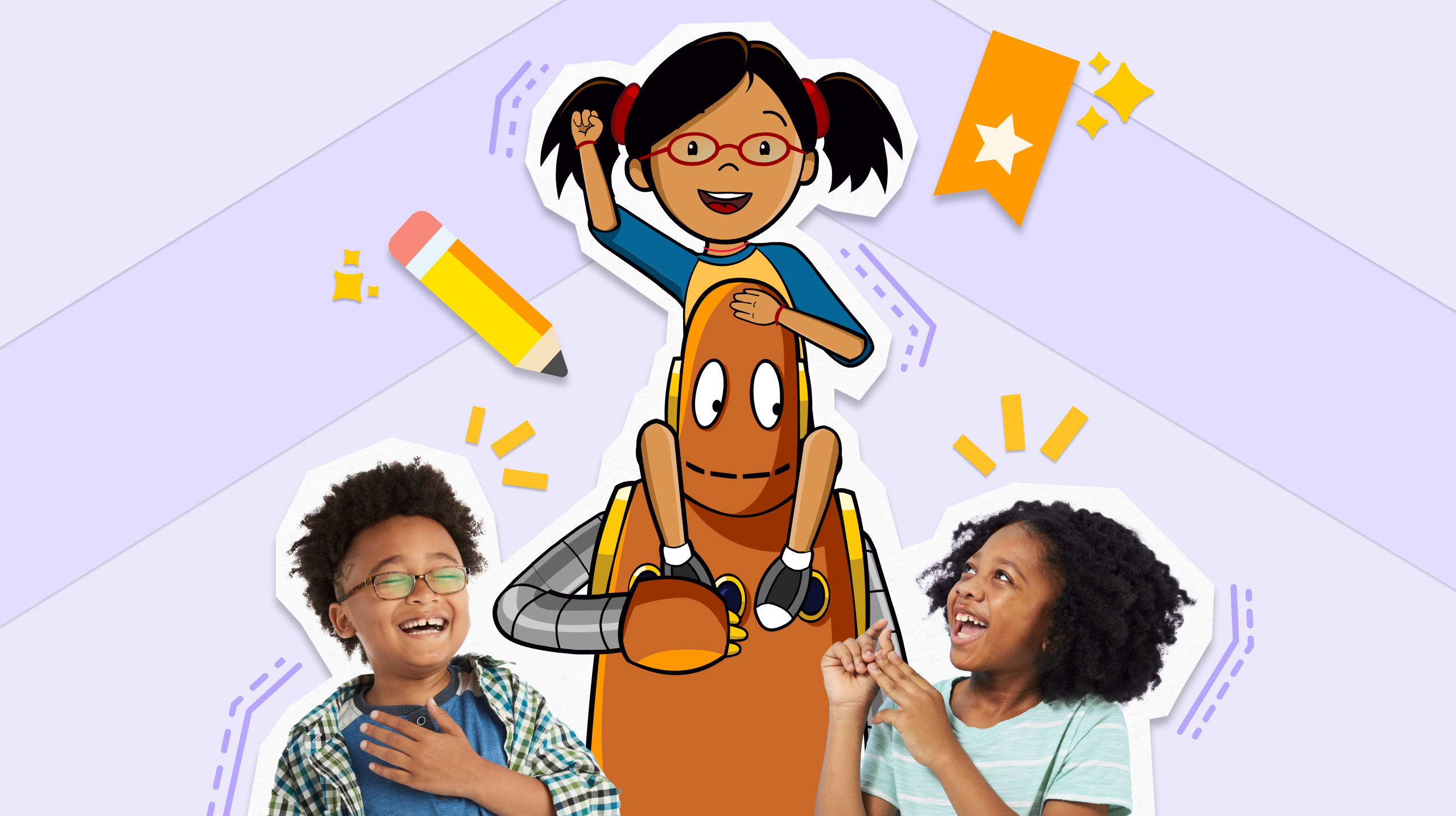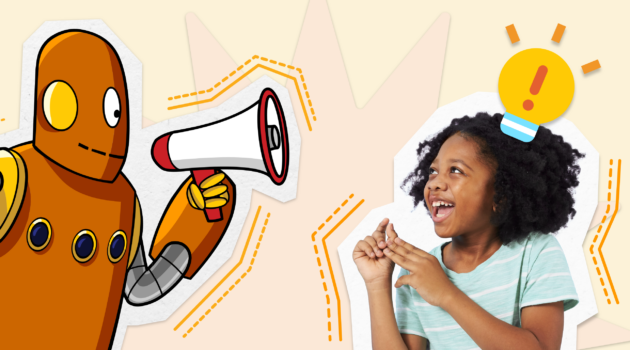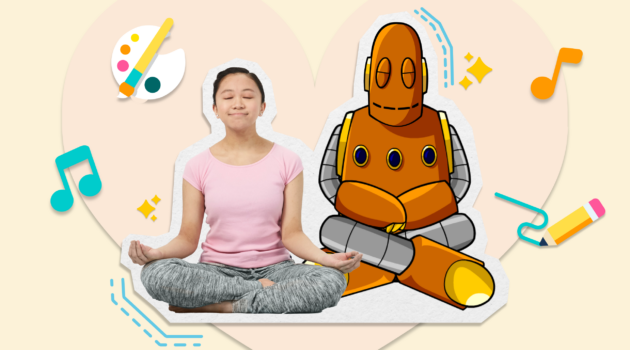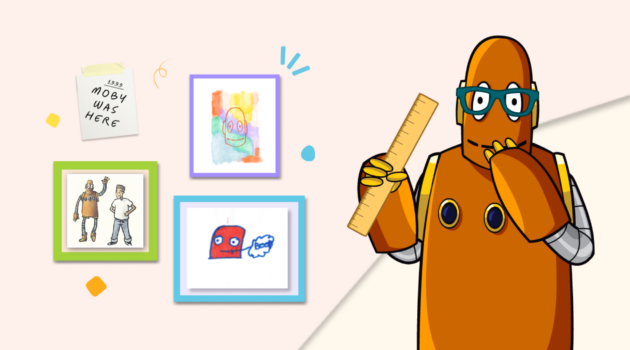Teaching Strategies
10 Brain Breaks for Elementary Students

Everyone deserves to take a break, and elementary students are no exception. In fact, Brain breaks can help with student focus and creativity and boost productivity. Whether you’re a new or experienced teacher, a list of new brain break ideas can help inspire and boost your class engagement. Jump into our must-haves from our former educators and BrainPOPers on some essential brain breaks for elementary students to try today.
Top ten brain breaks for elementary students
According to Edutopia, breaks are an essential part of learning. As former educators, Nicolina Abruzzese and Melissa Prescott, BrainPOP’s Regional Sales Managers, weigh in on brain break ideas and their lasting impact in the classroom.
What is a “brain break?”
Let’s dive in and address the basics. What exactly is a brain break?
“A brain break is an opportunity for students to pause their thought process and shift their focus to something other than the work in front of them. Students learn a lot throughout their school day, and it is important to balance fun moments so they are more eager to engage with the important concepts. – Nicolina Abbruzzese
Ideas to try: Brain breaks for elementary students
Every child is unique and may have a different way of learning, engaging, and playing. Consider this an opportunity when creating your brain break list. Creating a list gives you a baseline to experiment with and think outside the box about letting your students express themselves.
1. Drawing
2. Vocabulary Pictionary
3. Four Corners
4. Dance party
5. Quiet time
6. Yoga
7. Freeze dance
8. Creative journaling
9. Exploratory art
10. Free time
Bonus:
11. Let your students choose by voting or throwing ideas in a bowl
Download your brain breaks for elementary students checklist printable here!
Giving your students the chance to choose what and how they’d like to spend their free time empowers their self-confidence and learning. Consider 1-2 brain breaks a week that give your students the choice to try new activities. It will get them engaged and actively learning, and they may discover new ways to express themselves. Grab your downloadable ballot here.
“Give your students options. Not all kids take breaks in the same ways. Some students will want to wiggle and dance and move around. Others will want to read or draw. Others will walk to put their head down. Give options and encourage students to recognize what works for them individually!” – Nicolina Abruzzese
What are the benefits of scheduling brain breaks
Imagine if you had to learn all day and weren’t given time to process or understand the information. It could feel overwhelming or stressful. That’s why brain breaks can be so impactful for students. “Brain breaks help students rest and reset while learning tough concepts. By providing a few moments of fun or quiet time, students can refocus and extend their learnings, ultimately allowing deeper comprehension and retention.” – Melissa Prescott
Gives students the chance to refocus
Brain breaks can add clarity or relief between learning, projects, and activities. They allow your student’s time and space to reset and focus. Also, they carve out natural ways for students to collaborate and work together on a task or activity.
Helps reduce stress and anxiety
“I think it’s also important to note that brain breaks can help reduce stress and anxiety–two of the worst feelings for a developing brain. When students can rest their minds for a while, their brains can absorb more information, and they recognize that it is okay to take breaks. It is okay to give your mind a rest.” – Nicolina Abruzzese
This is an opportunity for students to be creative, innovative, and a little silly. It is easy to get caught up in the ‘assessment craze,’ but we must remember that our students also like to play, create, and imagine.
Provides mindfulness moments
Imagine as adults if we didn’t stop to take a brain break–or what we now call ‘mindfulness.’ Sitting and working for hours is exhausting–probably bordering on unhealthy! The same is for kids, especially during the pivotal years when their brains are growing the most and absorbing the most. – Nicolina Abbruzzese
Brain breaks are a great way to capture student attention for short-term or long term. Distractions can pop up in the midst of a school day, and brain breaks add a burst of creativity to break up those distractions. For more on how to capture your student’s attention, check this article out.
Provides bursts of fun and creativity
Take the chance to be goofy. Stretch, move, think outside-the-box. “Also, this is an opportunity for students to be creative, innovative, and a little silly. It is easy to get caught up in the ‘assessment craze,’ but we must remember that our students also like to play, create, and imagine.” – Nicolina Abruzzese
Brain breaks for elementary students can help boost focus and creativity
Taking brain breaks is an essential part of the learning process for elementary students. Educators can help students improve their focus, retention, and overall academic performance by incorporating regular brain breaks into the school day.
When students are given the chance to take a break from their academic work and engage in an activity, they return to their studies feeling refreshed and ready to learn. If you’re an elementary school educator, try out different types of brain breaks and figure out what works best for you and your classroom. With some thought and creativity, you can help your students stay focused and engaged and discover a love of learning.
For more on breaks, check out brain breaks for middle school students.
Kelli Rascoe is a Sr. Content Strategy Manager at BrainPOP. She has nine years of experience in writing, content marketing, and strategy for tech and Fortune 500 brands. She is also the momma to a princess scientist and a pack of rescue pups.






